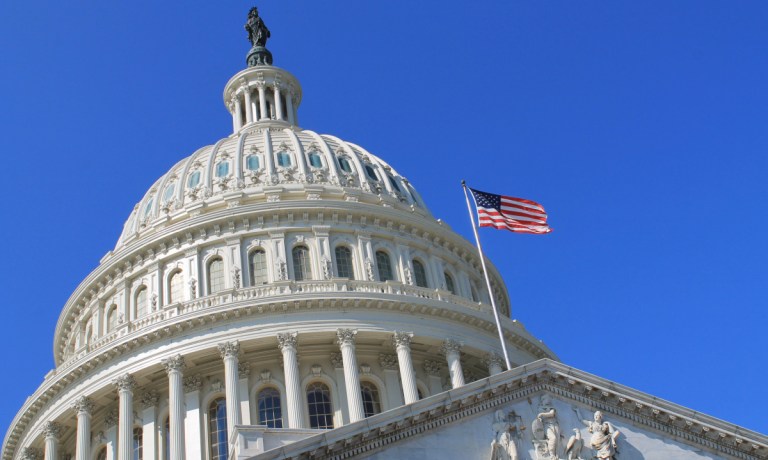Hill Hearing Debates Innovation and Credit Access Threat Due to Banking Regulation ‘Overreach’

Change looms in the banking sector as various agencies have put forth proposals that would, among other things, raise capital requirements, mandate that banks with more than $100 billion in assets issue more debt and that almost all institutions re-assess risk.
To that end, the House Financial Services Subcommittee on Financial Institutions and Monetary Policy held a Tuesday (Sept. 19) hearing, “A Holistic Review of Regulators: Regulatory Overreach and Economic Consequences,” that debated the merits — and possible unintended consequences — of far-reaching banking regulation.
In his opening remarks, Rep. Andy Barr (R-Ky.), chairman of the subcommittee, said Basel-related regulations that are on the table are and have been “delivered in an underdeveloped and hurried fashion, and, in many crucial areas, is glaringly arbitrary and capricious.”
“No one knows how all the recent proposals work together, or not, and we have no indication from the Fed, FDIC, and OCC, which are populated with armies of economists, analysts, supervisors, and examiners, of their cumulative impact to the U.S. financial system,” Barr said.
Consumers to Feel the Impacts?
Barr contended that access to credit may be stymied, using auto loans as an example of financial services that may become too costly, and asked whether banks might “be forced out of entire business lines, such as provision of auto credit or market-making for Treasury securities, leaving consumers and investors to take the hit[.]”
In his own remarks, Hal S. Scott, emeritus professor at Harvard Law School, said changes being discussed by regulators would increase capital requirements for banks “at a time when such an increase would be both unnecessary and counterproductive. There are three key reasons why U.S. bank regulators should not increase capital requirements at this time. First, there is no need for a capital increase to maintain the stability of the banking system, as U.S. bank capital levels are strong. Second, there would be significant economic costs from raising bank capital requirements, as there is extensive empirical evidence that increasing capital requirements reduces banks’ lending and capital markets activities and increases borrowing costs for businesses and consumers, slowing economic growth.”
Margaret E. Tahyar, who heads the Financial Institutions Group at Davis Polk & Wardwell LLP, said in her testimony, “Mixed signals are being sent by the regulatory agencies about their views on the future of regional banks. One the one hand, mergers among regional banks who want to grow to fund technology and risk investments are being discouraged by the uncertain future of bank merger policy changes and by the regulatory risk related to the required approvals.”
Conversely, Mayra Rodríguez Valladares, managing principal, MRV Associates, said that “every time bank regulators in any country want to update bank regulations or implement new ones, there are always voices that claim that regulation will reduce lending or hurt an economy in other ways.” But in reality, she pointed out, “since 2010 when Basel III and Dodd-Frank rules started being designed and implemented incrementally, U.S. banking assets have almost doubled. In the same period, U.S. banks’ net income has risen by 225%.”
As we noted here, higher capital requirements may have a negative ripple effect on banks — but lost business might ultimately be captured by FinTechs. Executives of traditional financial institutions (FIs) have stated during their most recent earnings seasons’ conference calls with analysts that the impact could be significant. By way of example, JPMorgan Chief Financial Officer Jeremy Barnum said higher capital requirements could lead to the “possibility of a repricing of products and services, which, of course, goes back to our point that these capital increases do have impacts on the real economy … a little bit of a straight-up across-the-board tax on everything.”